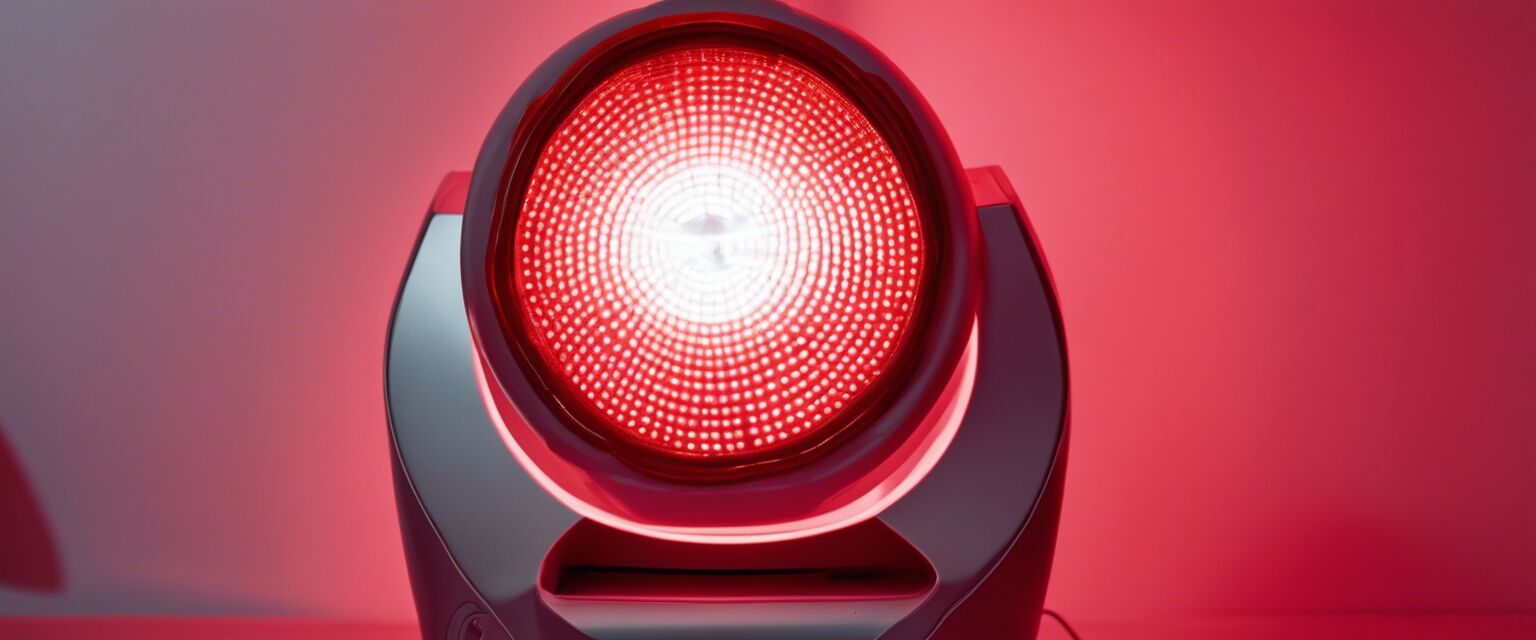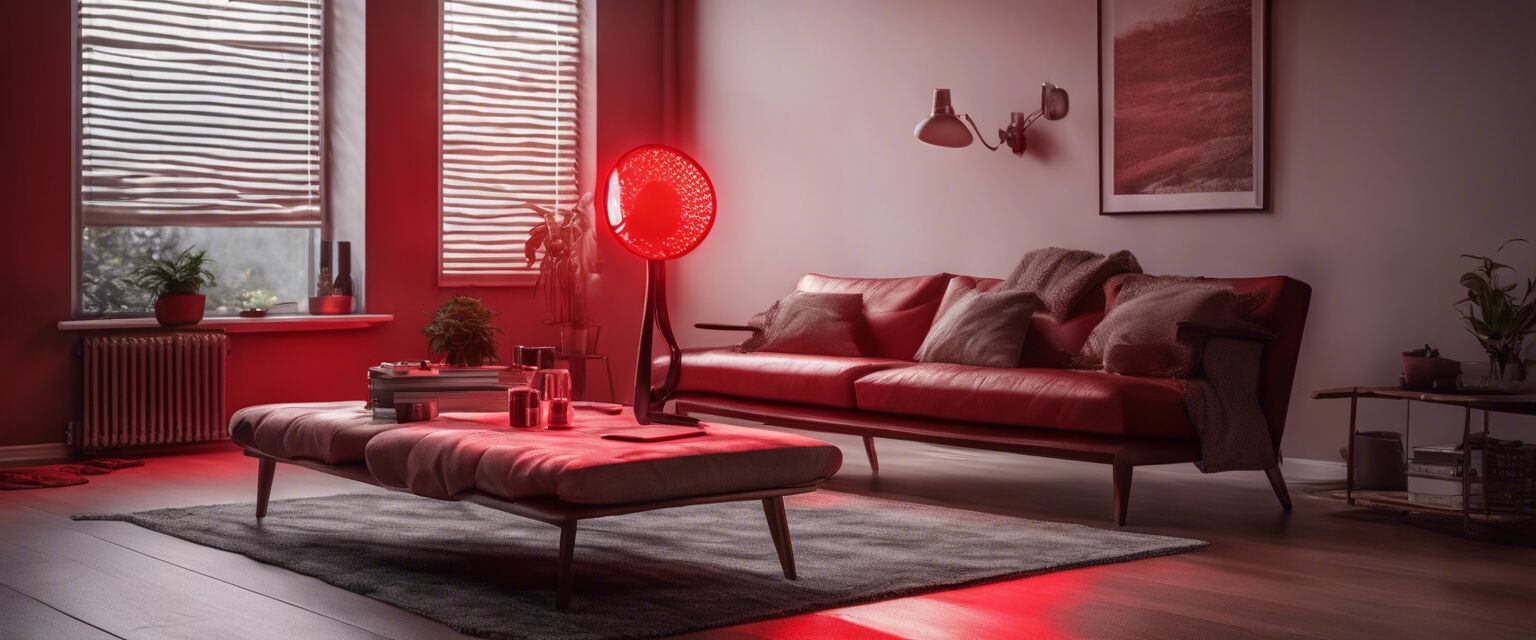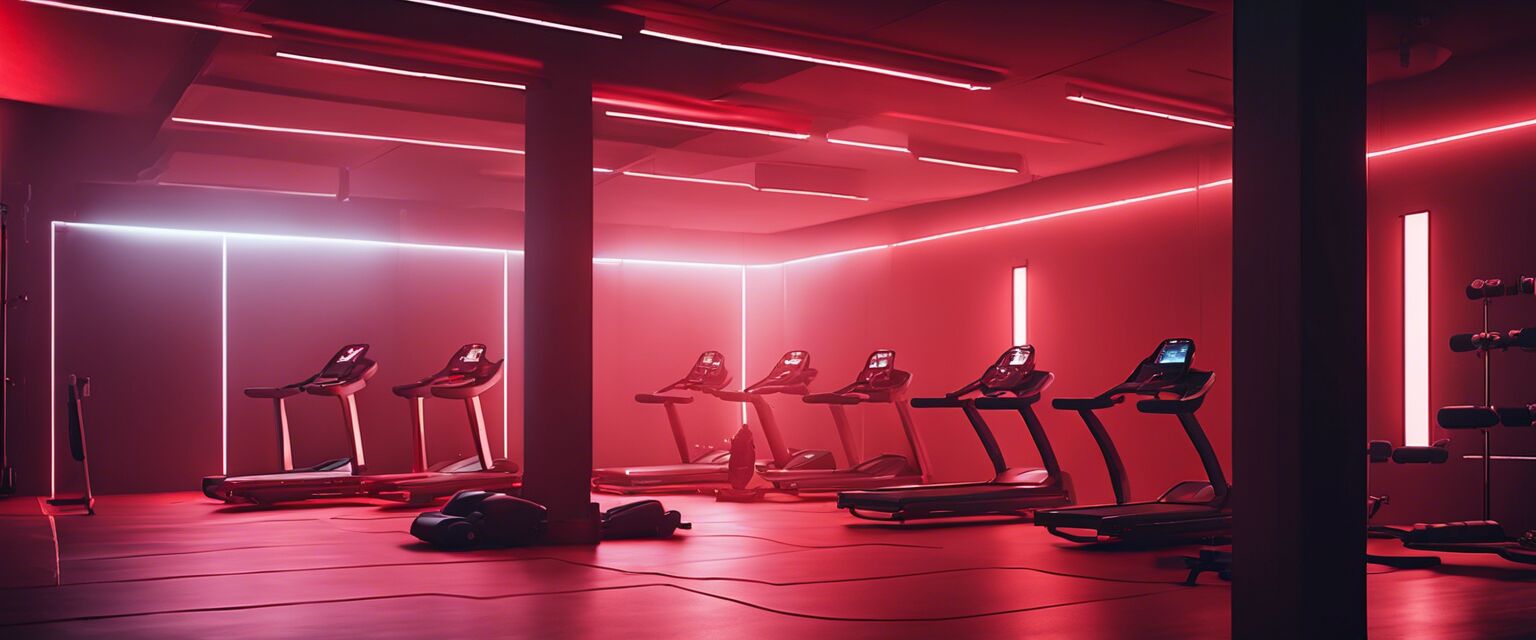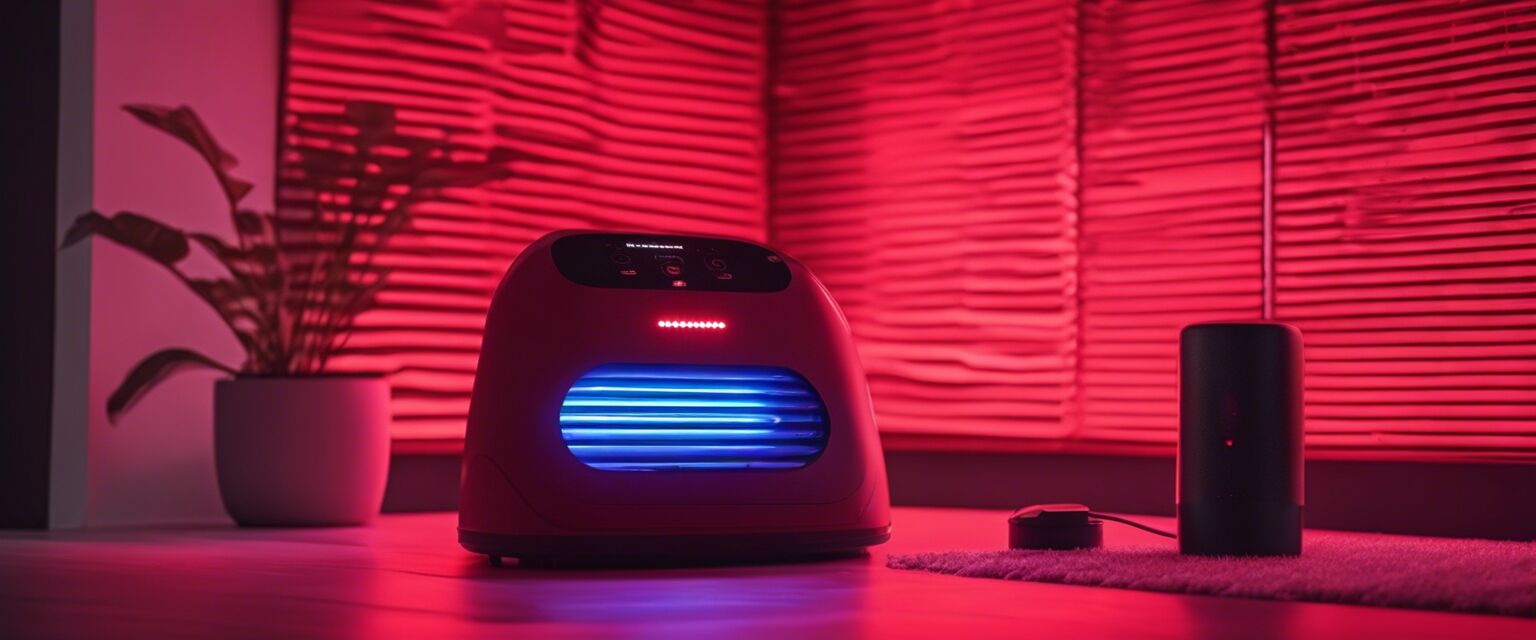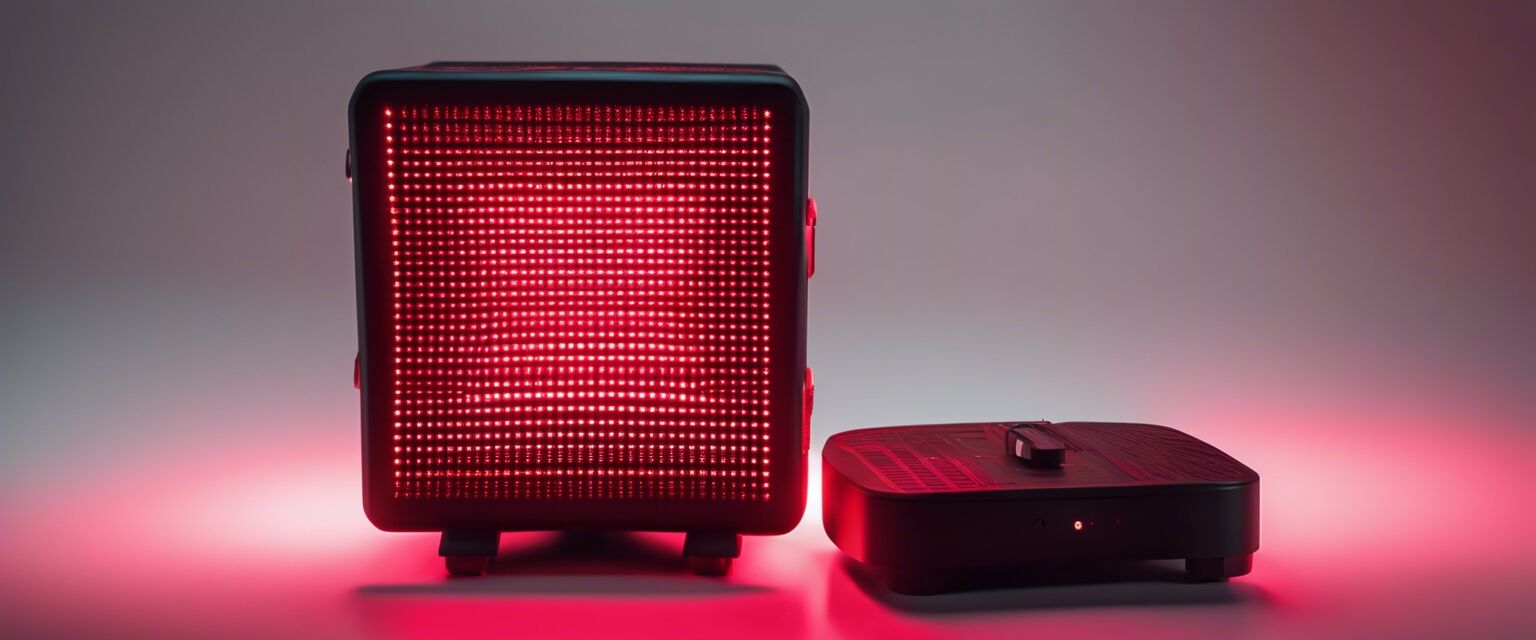
How to use red light therapy
Key Takeaways
- Red light therapy uses low-level wavelengths of light.
- It is often used for skin health, pain relief, and muscle recovery.
- Consistency is key; regular sessions yield better results.
- Always follow the manufacturer's guidelines for device usage.
Red light therapy is gaining popularity as a non-invasive treatment option for various conditions. This article provides a step-by-step guide on how to use red light therapy effectively for different purposes. Whether you're seeking relief from discomfort, looking to improve skin health, or wanting to enhance recovery post-exercise, this guide will walk you through the process.
What is red light therapy?
Red light therapy (RLT) involves the use of specific wavelengths of light to promote healing and recovery in the body. The therapy typically utilizes low-level lasers or light-emitting diodes (LEDs) to penetrate the skin and stimulate cellular function.
Benefits of red light therapy
While research is ongoing, some potential benefits of red light therapy include:
- Improved skin health
- Reduction in inflammation
- Enhanced muscle recovery
- Potential pain relief
How to use red light therapy
Step-by-step guide
Hereâs how to properly use red light therapy for various purposes:
| Condition | Device Type | Session Duration | Frequency |
|---|---|---|---|
| Skin health | Red light therapy masks | 15-20 minutes | 3-5 times a week |
| Pain relief | Handheld devices | 10-15 minutes | 2-3 times a week |
| Muscle recovery | Full-body panels | 20-30 minutes | After workouts |
| Joint inflammation | Targeted devices | 15-20 minutes | 3-4 times a week |
Setting up your red light therapy device
Before using your device, make sure to:
- Read the manufacturerâs instructions carefully.
- Ensure the device is plugged in and functioning.
- Position the device according to the treatment area.
- Wear protective eyewear if recommended.

Tips for effective use
Beginners section
- Start with shorter sessions to gauge skin sensitivity.
- Stay consistent with your routine for best results.
- Keep the treatment area clean before use.
- Adjust the device distance based on your comfort level.
Safety precautions
While red light therapy is generally considered safe, itâs important to keep in mind:
- Consult a healthcare professional if you have underlying health concerns.
- Avoid direct eye exposure to the light.
- Do not use on broken or irritated skin.
- Follow the recommended duration and frequency guidelines.
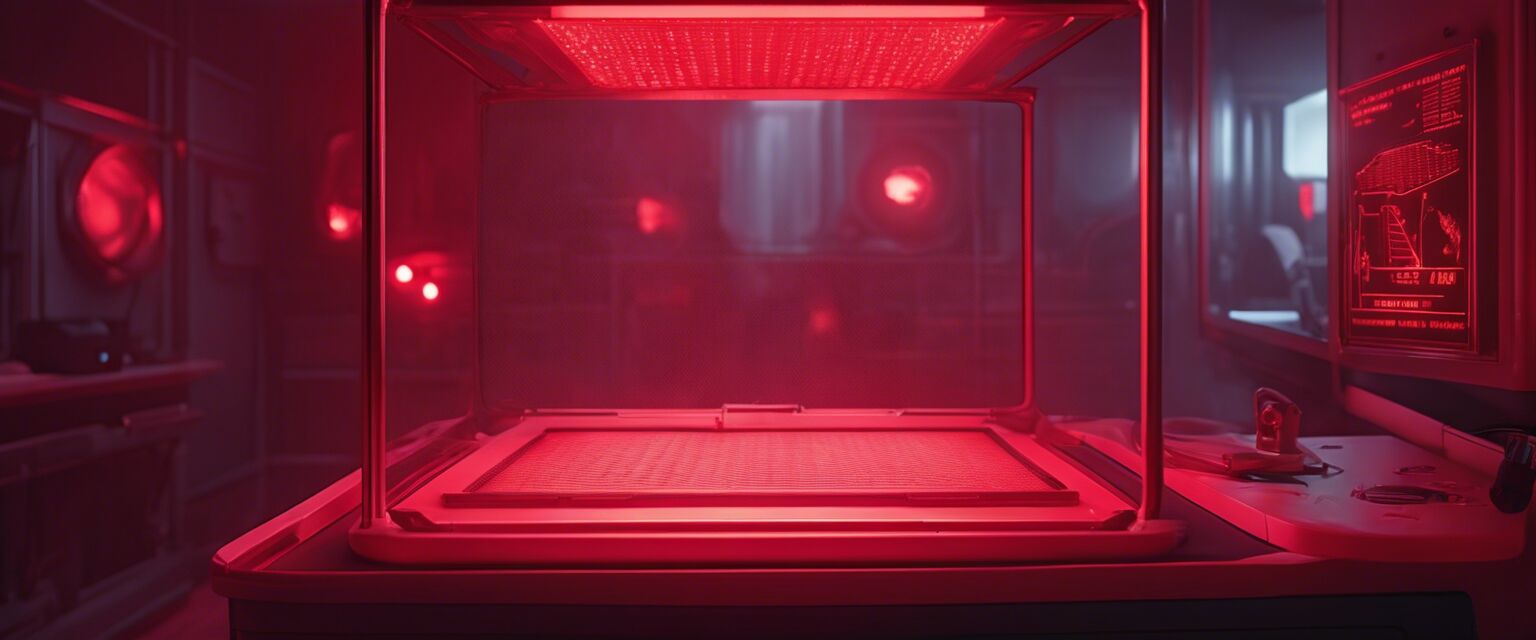
Common misconceptions about red light therapy
There are many myths surrounding red light therapy. Here are a few clarifications:
- Misconception: Red light therapy is only for skin issues.
Reality: It can be used for various conditions, including pain relief and inflammation. - Misconception: It is painful.
Reality: RLT is a non-invasive treatment with minimal discomfort. - Misconception: Results are immediate.
Reality: Consistency over time is key for noticeable effects.
Conclusion
Red light therapy is an innovative approach to wellness that can be easily integrated into your self-care routine. By following the proper guidelines, you can maximize the potential benefits of this therapy. For more information on products and devices, check out our fitness and recovery tools category, or explore red light therapy accessories to enhance your experience.
Pros
- Non-invasive treatment option
- Easy to use at home
- Potential for improved skin health
- Supports muscle recovery
Cons
- Results may vary by individual
- Requires consistency for effectiveness
- Some devices can be expensive
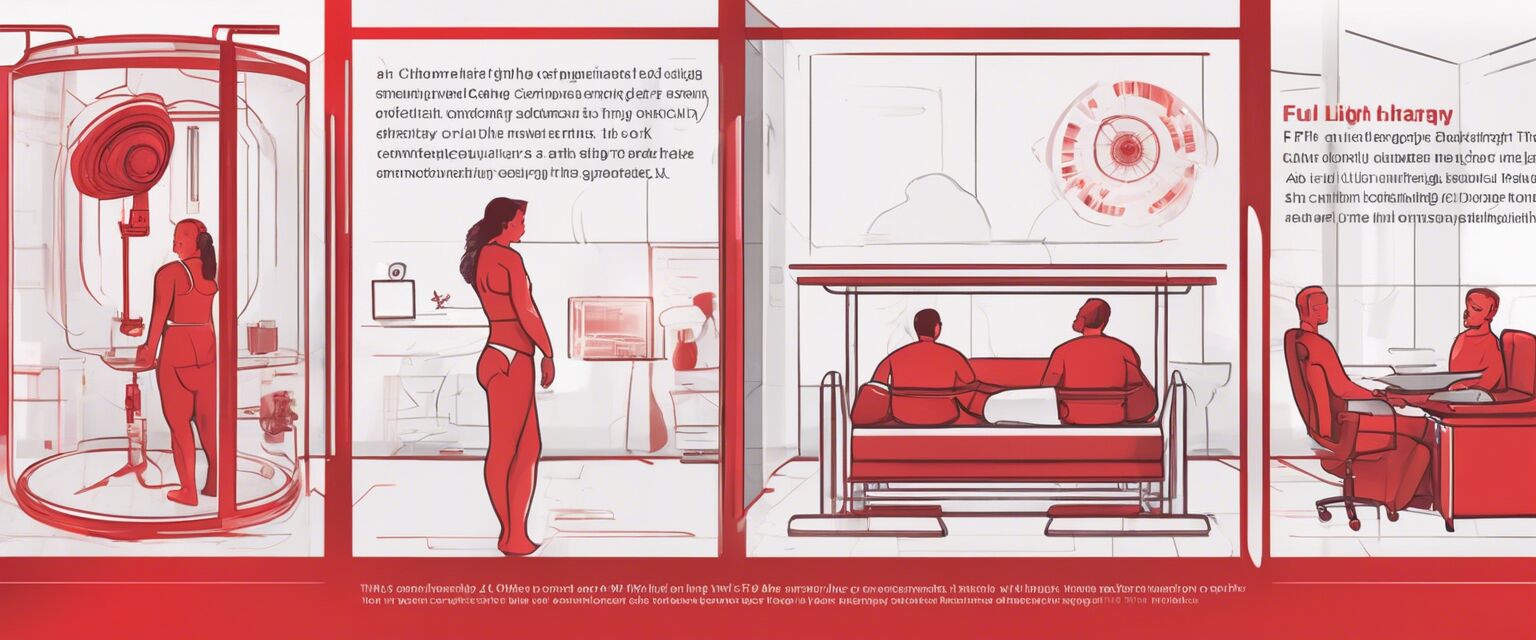
For more insights on how to leverage red light therapy for your health goals, visit our red light therapy devices page.

